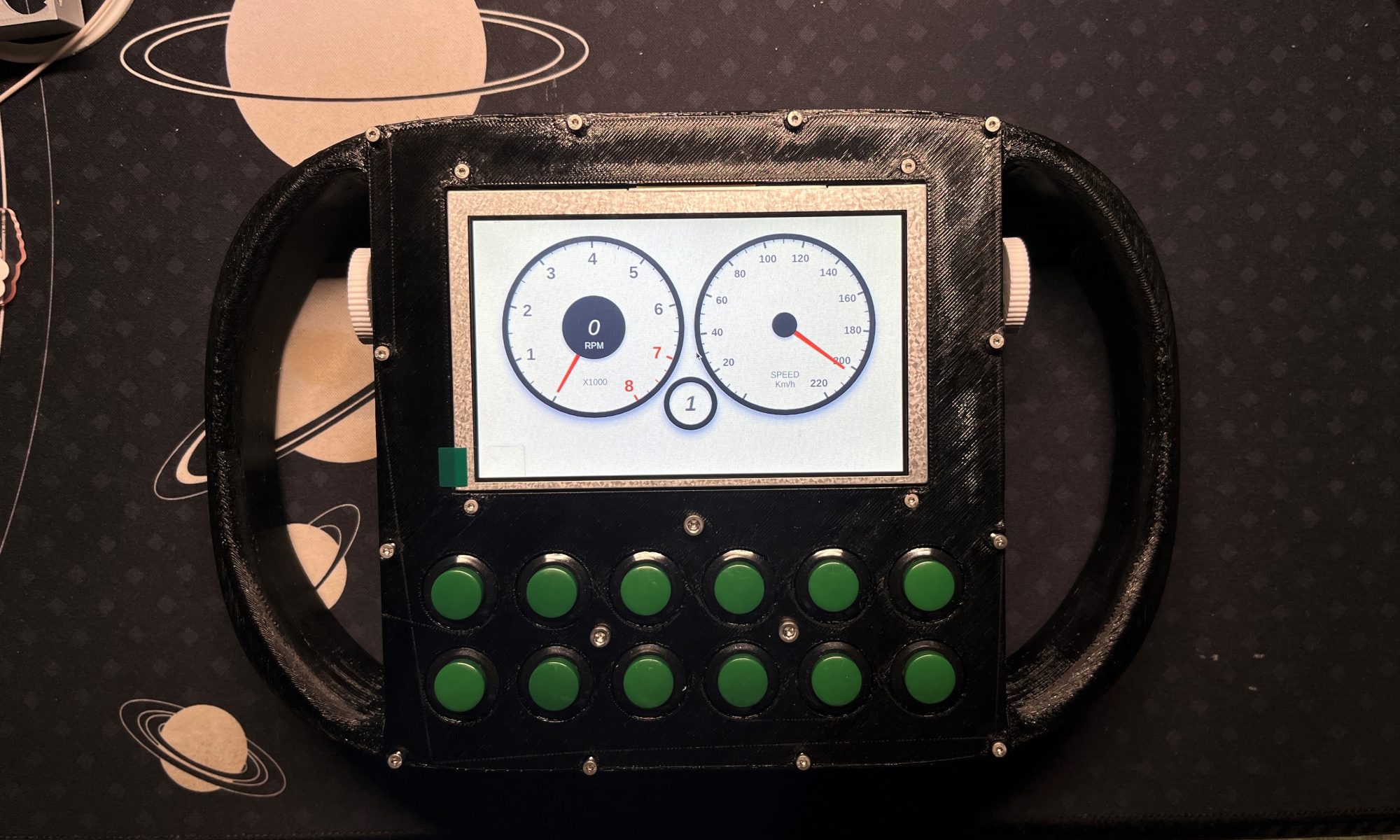This week:
For unknown reason wordpress is stopping me from uploading images. It says The uploaded file could not be moved to wp-content/uploads/sites/230/2023/03. I’ m sorry about this and will try to add pictures back once this gets fixed.
The gyroscope system is still waiting for hardware to be ready for testing. This week let’s discuss how we can use the gyroscope readings to generate the degree output we want to feed in our functions from last week’s report.
The gyro section of data from the gyroscope should be the point we want to focus on. The reading is based on angular velocity in degrees per second. The key point is to transform this velocity data into the angular position.
The pseudo code solution could be like this: (I want to upload image for this but wordpress does not allow me to do it)
# We keep running the degree calculation in a loop
while True:
curTime = time.time()
deltaTime = curTime – prevTime # Get the time difference from the last reading
deltaDegree = dX * deltaTime
degree += deltaDegree
if degree > 360:
degree -= 360
if degree < 0:
degree += 360
This seems to be a working example to calculate the angular position. However, such method will be affected by errors and will get more and more inaccurate as time passes. Without testing I cannot determine how severe the problem could be, but we can use accelerators to calculate the current angles to calibrate the degree output.
I have a picture to explain this, I will add it with explanation after the bug gets fixed.
Assume we read accX, accY, accZ from our raw data. If we plot the direction R shown by acclerometer on the x, y, z space, and we want to map the vector on to xy, xz, yz plane as accX, accY, accZ (maybe normalize them). In our case, suppose the degree on yz plane is what we want (aka we want the reading of x’s degree), then we can easily know that cos(x) = accX/R, which means we can get x’s angle by arccos(accX/R). Then we can know the exact degree reading at the time we want.
Both two cases stated above can be used. The way based on gyro data seems to be easier, but the accelration based method is much more accurate. I will test both methods then the hardware is available.
